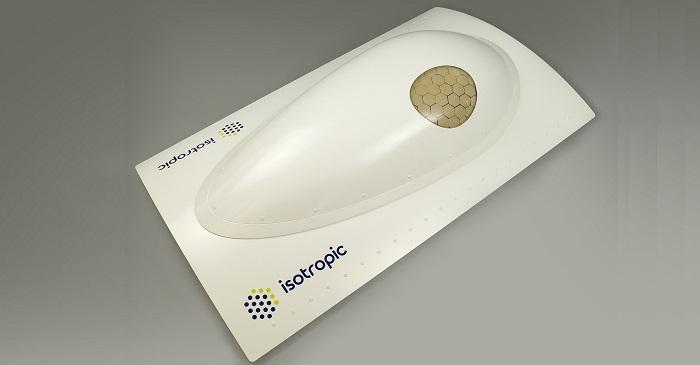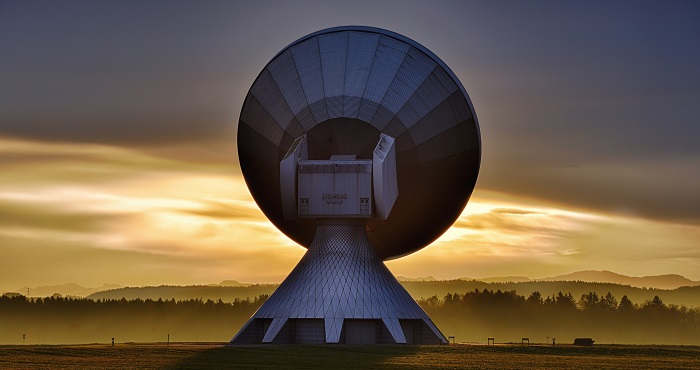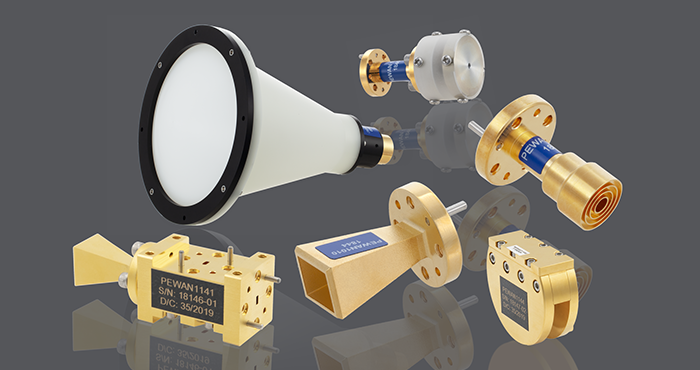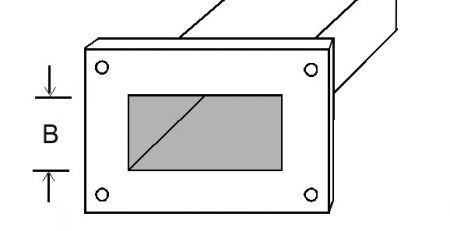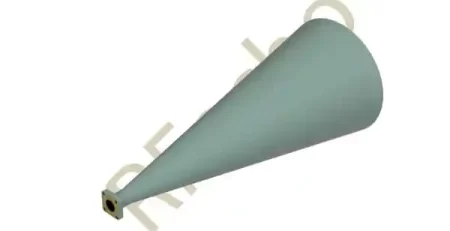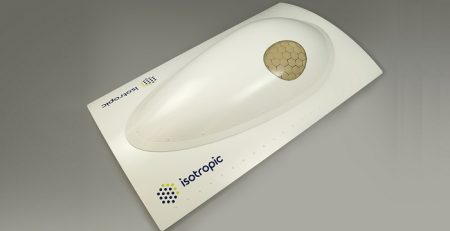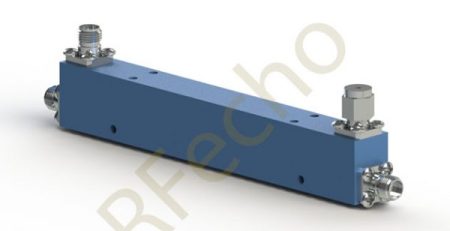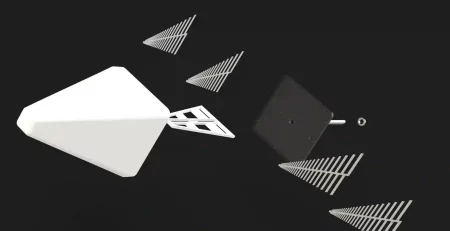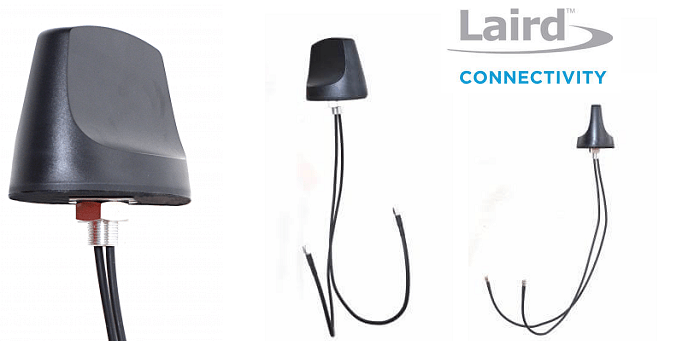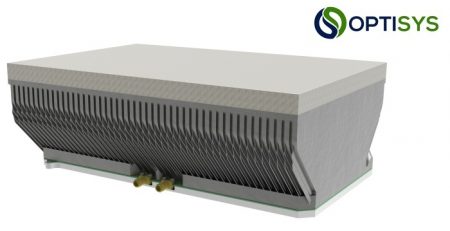DARPA Enabling Long-Range Communications without Large, Power-Hungry Antennas
The U.S. Military currently uses giant parabolic dishes, tall pole-mounted antennas, large antenna domes and high-power amplifiers to establish long-range tactical communication for its troops in remote locations. Although this method successfully establishes a connection, it has its own drawbacks, specifically in terms of weight, power and cost (SWAP-C). These antennas present large visual and radio frequency (RF) signatures and are vulnerable to jamming, and constitute a single point of failure.
To break this dependence on big antennas and amplifiers, DARPA recently announced the Resilient Networked Distributed Mosaic Communications (RN DMC) program. RN DMC aims to provide long-range communications through “mosaic” antennas composed of spatially distributed low SWaP-C transceiver elements or “tiles.” This approach replaces high-powered amplifiers and large directional antennas with mosaics of dispersed tile transceivers. Transmit power is distributed among the tiles, and gain is achieved through signal processing rather than by a physical antenna aperture to concentrate energy.
RN DMC is a fundamentally different way to think about long-range tactical communications that supports DARPA’s Mosaic Warfare concept of busting monolithic systems and distributing capability for greater resilience at less expense. It seeks to develop a mobile, self-forming, self-healing mosaic antenna comprising numerous low-cost and low-power transceiver tiles that can be placed aboard ships, vehicles, unmanned and manned aircraft, and satellites, as well as individual squad members.
The antenna mosaic concept could prove more robust against failure or attack since tiles are distributed across air, ground, and sea assets. Tiles also promise to be lower cost – targeted at $1,000 or less apiece – making individual tiles expendable without losing the mosaic antenna functionality.
According to Paul Zablocky, Program Manager in DARPA’s Strategic Technology Office, powerful signal processing in a small, inexpensive form factor is the key enabling mosaic antenna technology. They will leverage small form factor software-defined radios and radio frequency systems on a chip as well as previous DARPA research and development efforts that have validated the feasibility of basic distributed coherent radio transmissions.
RN DMC includes three focus areas: system design, experimental performance validation, and operational architecture definition. The effort is divided into three planned phases, totaling 45 months.
A Proposers Day webinar has been scheduled for June 29. For more information and registration details, click here
Click here for more information on RN DMC.

